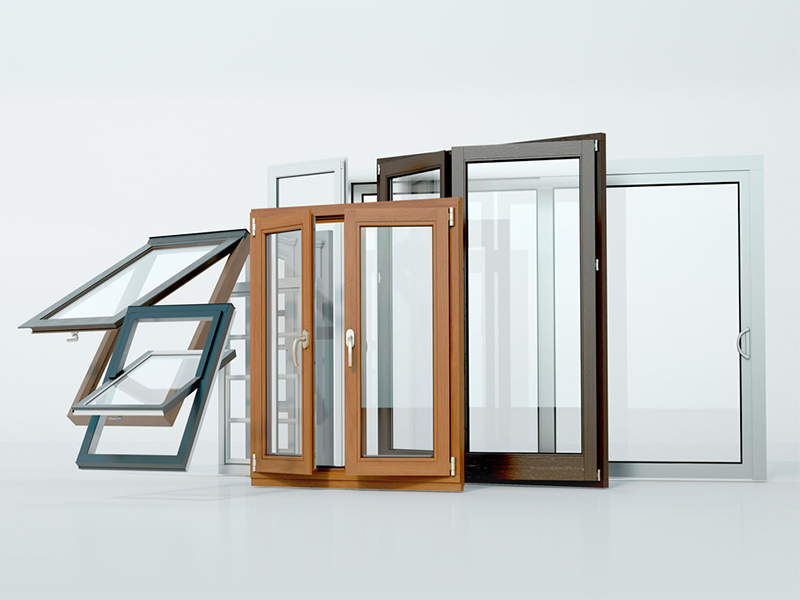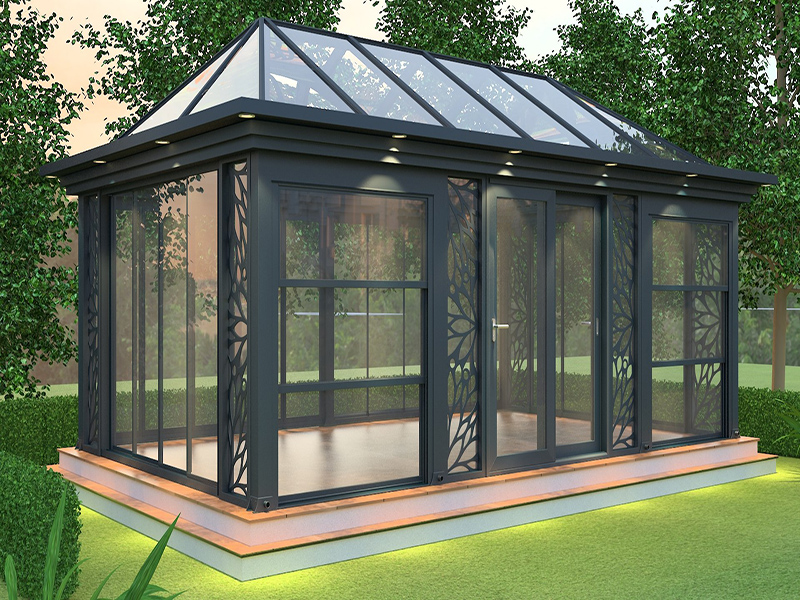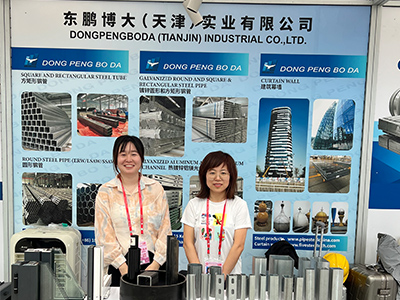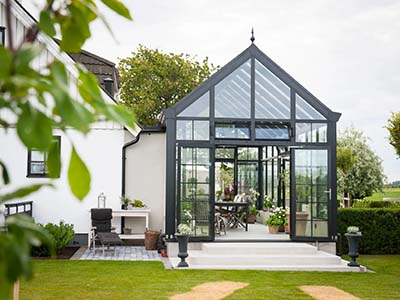Double glazing curtain wall system
2022-04-15
Historically, external windows of buildings were generally single glazed, which consist of just one layer of glass. However, a substantial amount of heat will be lost through single glazing, and it also transmits a significant amount of noise. As a result, mulit-layer glazing systems were developed such as double glazing and triple glazing for curtain wall buildings today. Technically speaking, the term 'glazing' refers to the glass component of a building's facade or internal surfaces in applications. Double glazing comprises two layers of glass separated by a spacer bar (also known as a profile); a continuous hollow frame typically made of aluminium or a low heat-conductive material. The spacer bar is bonded to the panes using a primary and secondary seal which creates an airtight cavity, typically with 6-20 mm between the two layers of glass. This space is filled with air or with a gas such as argon, which can improve the thermal properties of the curtain wall systems in use. Larger cavities may be provided to achieve greater sound reduction. Meanwhile, a desiccant in the spacer bar absorbs any residual moisture within the cavity, preventing internal misting as a result of condensation. U-values (sometimes referred to as heat transfer coefficients or thermal transmittances) are used to measure how effective elements of a buildings fabric are as insulators. Typically, the U-value of single glazing curtain wall system is around 4.8~5.8 W/m2K, whilst double glazing is around 1.2~3.7 W/m2K. Also, thermal performance is affected by the quality of the installation, the inclusion of thermal breaks in the curtain wall frames, suitable weather seals, the gas used to fill the units, and the type of glass used. Low-e glass has a coating added to one or more of its surfaces to reduce its emissivity so as to reflect but not absorbs a higher proportion of long-wave infra-red radiation in applications. In addition, the sound reduction achieved by double glazing is affected by: •Good installation to ensure airtightness •Sound absorbent linings to the reveals within the air space. •The weight of glass used – the heavier the glass, the better the sound insulation. •The size of air space between layers - up to 300 mm. We are committed to producing various types of steel products for your choice in your building project in future. Our products are all designed for the fast and easy installation of curtain walls. Contact us if you have any need in your project.












